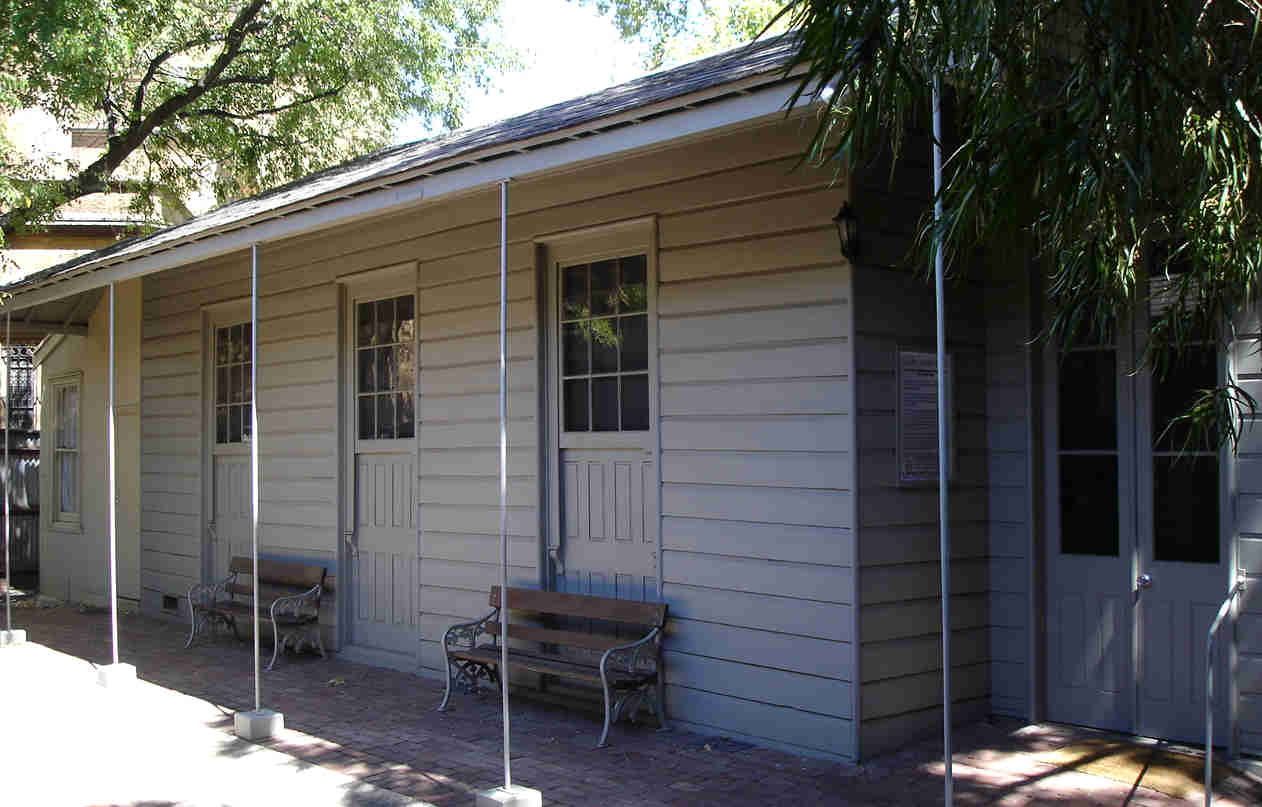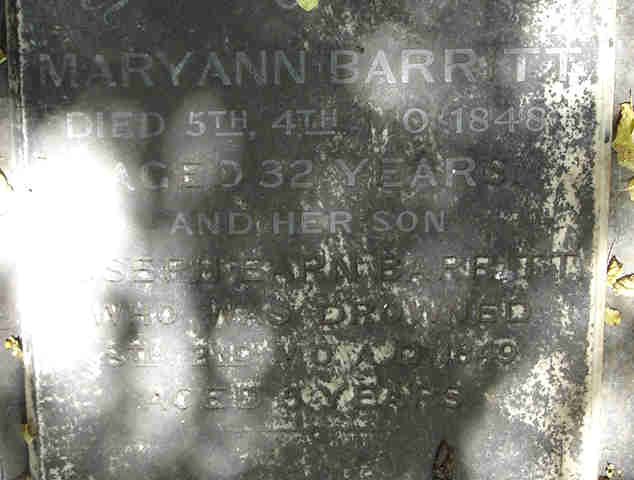Early Quakers
The Religious Society of Friends, better known as Quakers, was founded by George Fox, the son of a weaver, around 1650. After separating from the Church of England it soon grew when more dissenters joined. The Pilgrim Fathers, who had gone to the more tolerant Holland to escape persecution in England, eventually sailed for America in the Mayflower.
The first Quaker to arrive in Australia was Sydney Parkinson, who sailed with Joseph Banks and Captain James Cook, in 1770. In 1828 there were two Quakers among the convicts. Four years later another two arrived and the Religious Society of Friends was established in the 1830s. In 1838 there were about 80 Quakers in Tasmania.
A little known fact is that the man who was responsible for advancing the planning, creation and early settlement of South Australia was Quaker Edward Gibbon Wakefield. Quakers were among the earliest free settlers in South Australia. They were attracted for economic reasons and by its founding idea – freedom of religion.
As early as 1825, the Quakers in London had been sending prefabricated meeting houses to Friends in outposts of the Empire. At their 1839 annual meeting it was decided to send one to the young South Australian colony. South Australian colonist John Barton Hack, who was a Quaker had already imported two of these Manning’s cottages and knew they were of good quality. The first meeting of Quakers in South Australia was held at his home on 3 December 1837.
In 1839 Hack sold a parcel of land in Pennington Terrace, North Adelaide, just behind St Peter's Cathedral where the Meeting House now stands. The prefabricated timber building was shipped from England aboard the Rajasthan and arrived in Adelaide on 6 February 1840. Within 4 months the building was up and in use by 14 June 1840.

Tragically, in 1839 John Barton Hack’s daughter and niece died and he needed a place to bury them, but because they were Quakers they couldn't be laid to rest in South Australia's new church plots. Hack solved the problem by using part of the land he had sold to the Friends for burials.
Other burials soon followed. Eventually 14 other graves alongside the Meeting House have been used but later moved to a Quakers plot at West Terrace Cemetery. The remains of the two little girls were never located. The Friend's Meeting House has been on the South Australian Heritage List for some time but as yet not on the national list.

A last tribute
Not all the members approved of the Manning House or its design, which had cost them far more than the original £400. By 1863 they were discussing whether to alter or replace the building. Luckily, it has survived. It is now one of the oldest religious buildings in the city. The pews, also made by Manning, are believed to be the only furniture of his that is still in existence.
Quaker marriages had been conducted following their own customs. The first being on 7 March 1843 between Joseph Barritt and Mary Harrison. To make it legal according to South Australian laws the Quakers Marriage Bill was introduced in the South Australian Legislative Council in April 1862. It had its third reading on 29 May. Many months later and after even more amendments it was finally passed in October and assented to by the Governor in the name of the Queen on 21 October 1862. As a result of a shortage of marriageable women among the Quakers, intermarriage was not uncommon. Although regularly made fun of in the newspapers, Quakers were liked and respected by most South Australians.
Another Quaker member of parliament was Jacob Hagen, MLC from 1843-1861. He was disowned by the Quakers for marrying ‘outside’ John Hart’s sister, a non-Quaker. Among some other Quakers who made worthwhile contributions to early South Australia were Hack, Jacob Hagen, Robert Cock, an early promoter of Aboriginal Land Rights, Joseph May and Councilor Mold who was elected to that position at Gawler in 1862. Hack had been doing extremely well and owned so much property in the city, at Para and Mount Barker that he was able to offer help to other Quaker migrants besides his family.
When Jacob Hagen arrived from Southwark in 1840, he stayed first with the Hacks at Mount Barker while he looked around and decided where to invest his capital. Alfred Capper from Hertford came from a wealthy Quaker family, but arrived, according to Hack, with only a meagre £100. He lived with the Hacks and helped them on the farm. George Deane from Witham was set up as a wine-dealer and accountant and was given a loan of £1,000 by Hack for speculation in Van Diemen's Land.
When Joseph May, his wife Hannah and their eleven children arrived in September 1839 Hack made a section of his Mt. Barker land available on lease to them until they decided where they wanted to settle. They were instrumental in the building of a Meeting House there. Four of their children were married in it, the first one in 1855. Another member of Witham, Joseph Barritt, arrived early in 1840 with a letter of introduction to Hack, who seems to have been regarded as the key Quaker contact in the colony.
Joseph Barritt established the Riverside and Highlands estates near Lyndoch. He was a member of the Legislative Assembly until 1 March 1864. Hack set Barritt up with a loan on one of his properties on the River Para, agreed to pay him a percentage on butter produced and lent him two horses to pull the cart that Barritt had bought for £25.
For some considerable time it was at Mount Barker were most of the Quaker activity occurred. In 1870 the Kapunda Herald reported on the Quakers’ benevolent and philanthropic interests, especially the treatment of the insane and other medical improvements. There are about 1000 Quakers in Australia today.
Many Quakers have been buried at the West Terrace Cemetery
